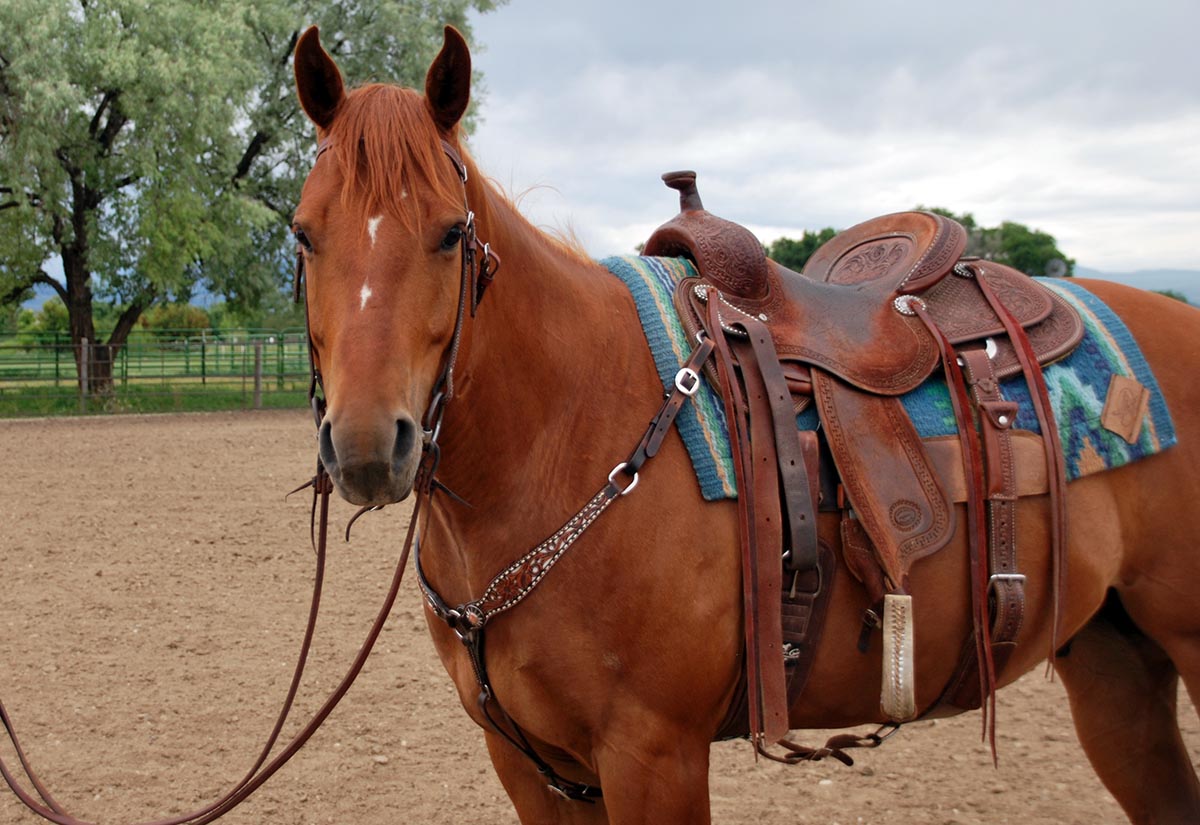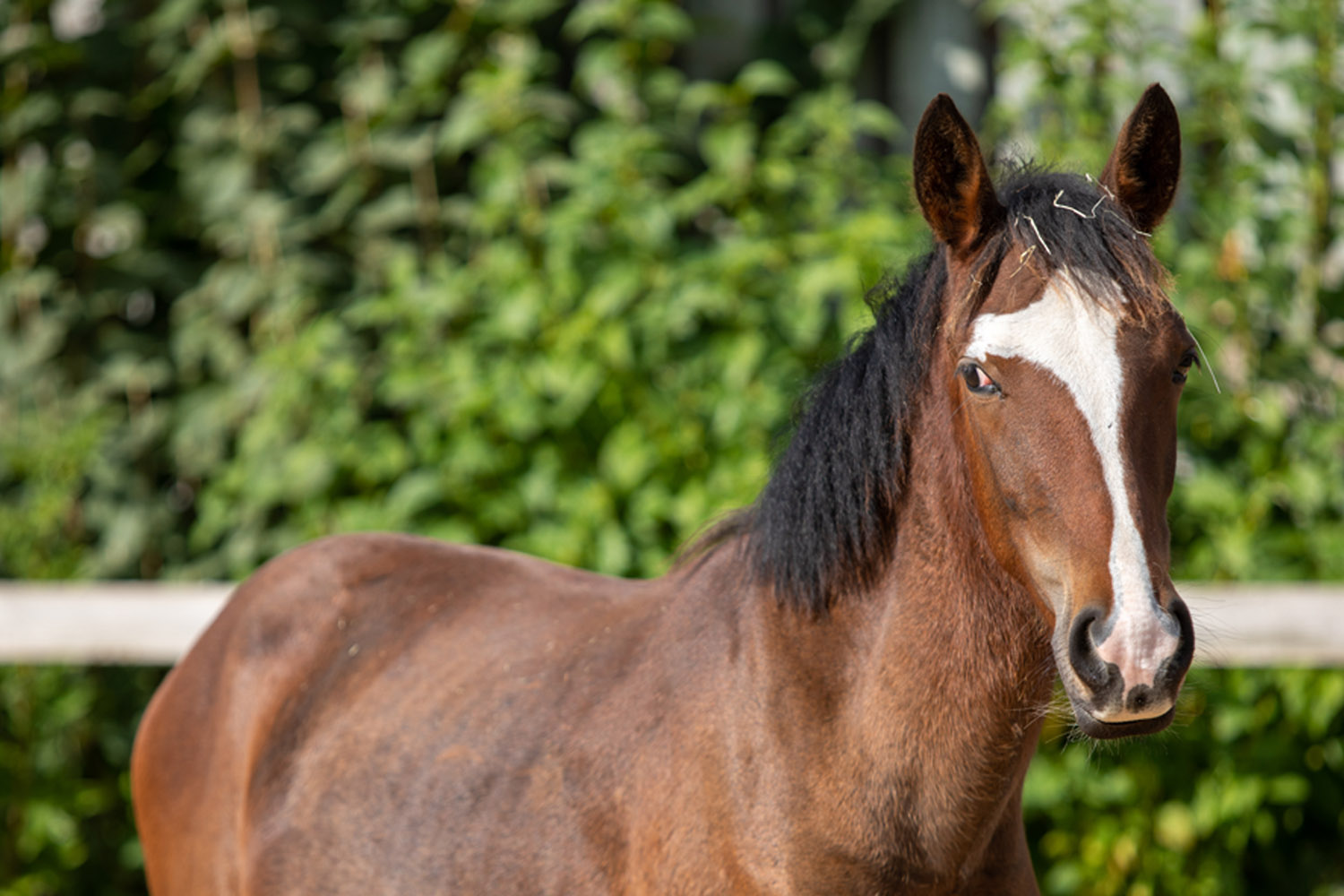When it comes to equine nutrition, selecting the best hay for horses is crucial for maintaining their health and vitality. Whether you are a seasoned horse owner or a beginner, understanding which hay types are suitable can greatly impact your horse’s wellbeing. This guide will explore the key considerations when choosing hay, covering important factors like nutritional value, types of hay, and storage practices.

Understanding the Basics of Hay Nutritional Value
Horses require a balanced diet to stay healthy, and hay is a primary component of their nutrition. Before diving into different hay types, it’s important to grasp the basics of nutritional value in hay. The primary nutrients to consider include proteins, fiber, vitamins, and minerals.
Protein Content
Adequate protein is vital for growth and repair in horses. Higher protein content is often found in legume hays.
Fiber Importance
Fiber is essential for digestion in horses, promoting gut health and preventing colic.
Vitamins and Minerals
Vitamin and mineral content vary across different hays. Ensuring a balance of these nutrients supports optimal health. This article on Vitamin E deficiency in horses can provide additional insights on the importance of vitamins.
Different Types of Hay for Horses
Understanding the various types of hay available will help in deciding the best hay for your horses. Here we outline the most common types.
Alfalfa Hay
Known for its high protein and calcium content, alfalfa hay is popular among horse owners. Ideal for growing horses and lactating mares.
Timothy Hay
Timothy hay is a common choice due to its balanced fiber and protein. It’s preferred for its low sugar content.
Orchard Grass
An excellent choice for picky eaters, orchard grass is palatable and provides good fiber.
What to Consider When Choosing Hay
Several factors should be taken into account when selecting hay for your horse, including the horse’s age, health status, and workload.
Age-Specific Needs
Young horses often require different nutrients compared to mature horses. Understanding grain-free feed options can complement hay choices.
Workload and Activity Level
Active horses have higher caloric needs and may benefit from higher energy hay.
Storing Hay Correctly
Proper storage of hay is critical to preventing spoilage and loss of nutritional value. Ensure a dry, ventilated environment to maintain quality.
Signs of Poor Hay Quality
Recognizing spoiled or poor-quality hay is important for horse health. Signs include mold, dustiness, and an off-smell.
Balancing Hay with Other Feeds
While hay is a vital dietary component, it should be balanced with other feeds. Consider custom feed blends for optimized nutrition.
Health Implications of Poor Hay Choices
Feeding poor-quality hay can lead to serious health issues such as colic or respiratory problems. Understanding how to diagnose nutrition problems is key. More information can be found in this extended guide on diagnosing nutritional problems.

FAQ Section
What is the best hay for horses prone to colic?
Timothy hay is often recommended due to its balanced nutrition and high fiber content.
Can I mix different types of hay?
Yes, mixing different hays can provide a balanced diet and encourage picky eaters to consume various nutrients.
How can I tell if my hay is good quality?
Good quality hay is green, leafy, and free from mold and dust. It should have a fresh smell.
This article contains affiliate links. We may earn a commission at no extra cost to you.






